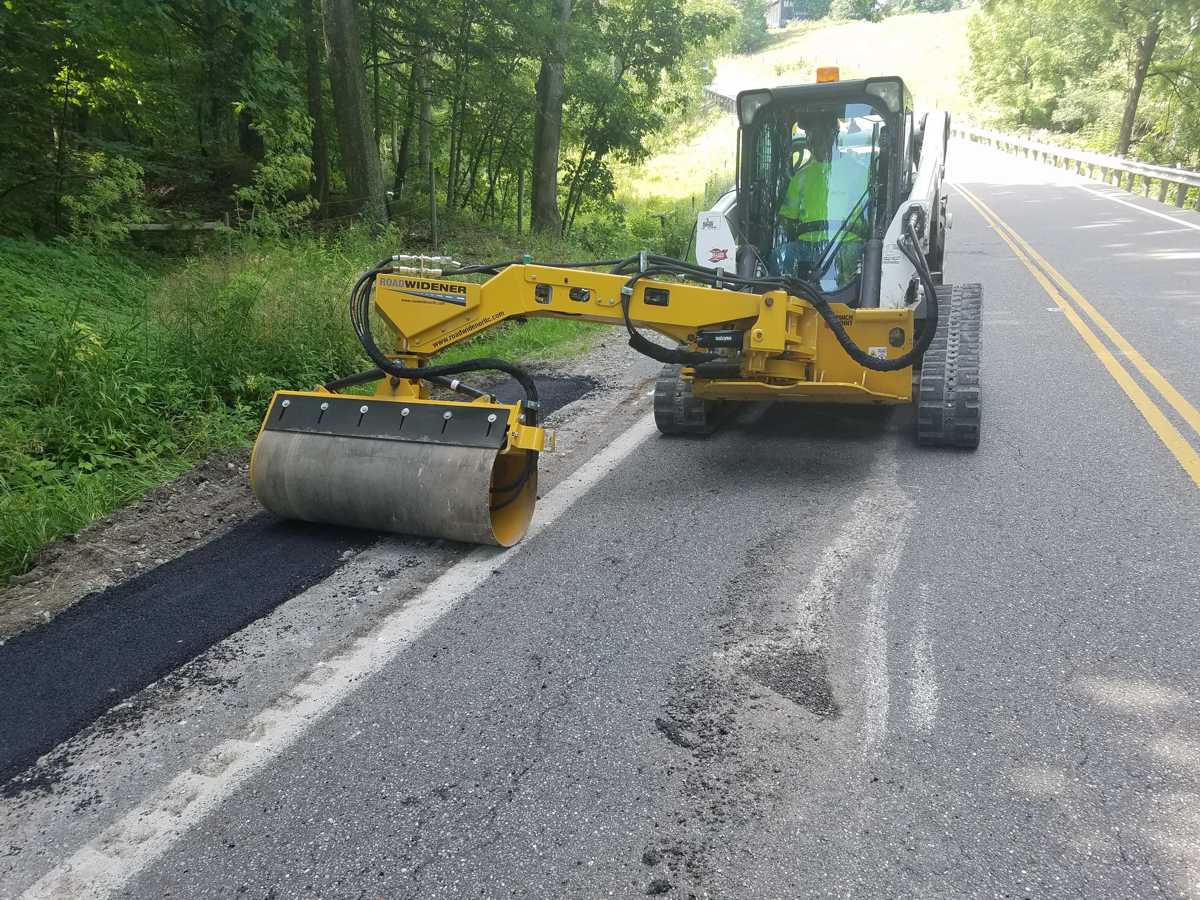How to create a Dust Control Plan for your Construction Site
Dust can be a major problem on construction sites which are usually populated by dozens of workers and vehicles moving around that tend to kick up a lot of dust if the conditions are right.
Dust control is so essential on construction sites that there have been a variety of methods invented for dealing with it, some of them more effective than others.
In this article by Matt Lee, owner of the Innovative Building Materials blog and a content writer for the building materials industry, Matt explores strategies for dust control:
6 Strategies for Dust Control
In case you want to equip yourself with a few more tools or have a better go-to option for controlling and preventing dust when working a construction site, let’s take a look at some of the most effective methods to find out which one might be the best choice for you.

1. Plain Water
Water is the most common dust control plan for a construction site. It’s not a long-term solution and needs to be reapplied frequently, but it does the job and is very simple to use.
Most construction teams bring along a truck carrying a big tank of water with a hose to apply to areas that need dust control. Water saturates the dust and weighs it down so that it can’t be carried into the air by wind and traffic.
Water is a great solution for quick jobs, but it’s not well-suited for sites with ongoing work for days or weeks on end because it needs to be applied at least three times a day. It can also create issues with mud, in some cases.
2. Polymers
For areas that won’t be getting any vehicle traffic, dry applied polymers are a chemical alternative to using plain water.
They last longer than plain water and require an initial watering to be activated. The polymers bind the soil together and when the area dries it develops a durable crust that prevents the soil from being kicked up into the air.
3. Chlorides
Chlorides are an effective chemical alternative that can be used anywhere, even on roads with vehicle traffic.
They are very good at retaining water and help to hold down dust and prevent erosion. Chlorides are long-lasting as well.
4. Barriers
For sites where wind erosion is a major concern, barriers can be erected to interrupt and block the flow of air currents.
Fences, walls, and other types of barriers are placed around the construction site to prevent wind from carrying dust off the site.
5. Sweeping
One of the cheapest and quickest ways to mitigate dust is to sweep it away with brooms and other sweeping equipment.
This is not very effective in most cases, however, as it usually just kicks dust up into the air rather than moving it away from areas where it poses a problem.

6. Permeable Pavers
One of, if not the most effective dust control plans for a construction site is to install permeable pavers before working on the site. Commercial permeable pavers like the ones made by TRUEGRID are durable enough to handle heavy trucks and vehicle traffic, but are also very cost-effective and easy to install.
Permeable pavers for dust control are also a one-time solution that will eliminate dust while they are in place but can be quickly and easily dismantled once they are no longer needed.
Made from 100% recycled plastic, commercial permeable pavers are installed over an excavated area packed with gravel fill. More gravel fill is then spread out over the top of the pavers and compressed into them with a heavy vehicle.

Most types of hard, angular gravel will work as a dust control plan for a construction site. You’ll want to lean towards bigger-sized gravel as opposed to a material like crushed limestone.

Permeable pavers is one of the most effective solutions and the process is very simple. The area is excavated to a depth of about 12 inches and filled with gravel. The gravel is then compacted to be as level as possible before the plastic pavers are snapped into place over the top, similar to puzzle pieces. More gravel is poured over the top to fill in the empty grids of the pavers and then it is compacted into them with a heavy vehicle.
The entire process of installing the pavers takes less than a day and dismantling the site and restoring it back to normal is just as quick.

Low-Maintenance Dust Control is Easier to Manage
Instead of spraying your site with water every couple of hours, there are other viable options to choose from. Chemical alternatives can be effective, but aren’t the most eco-friendly option available.
Only commercial permeable pavers offer a semi-permanent, eco-friendly dust control solution that doesn’t need to be reapplied. They are a cost-effective, easy, and efficient way to implement near 100% dust control in your construction site without using chemicals or less-effective methods.
Matt Lee is the owner of the Innovative Building Materials blog and a content writer for the building materials industry. He is focused on helping fellow homeowners, contractors, and architects discover materials and methods of construction that save money, improve energy efficiency, and increase property value.















